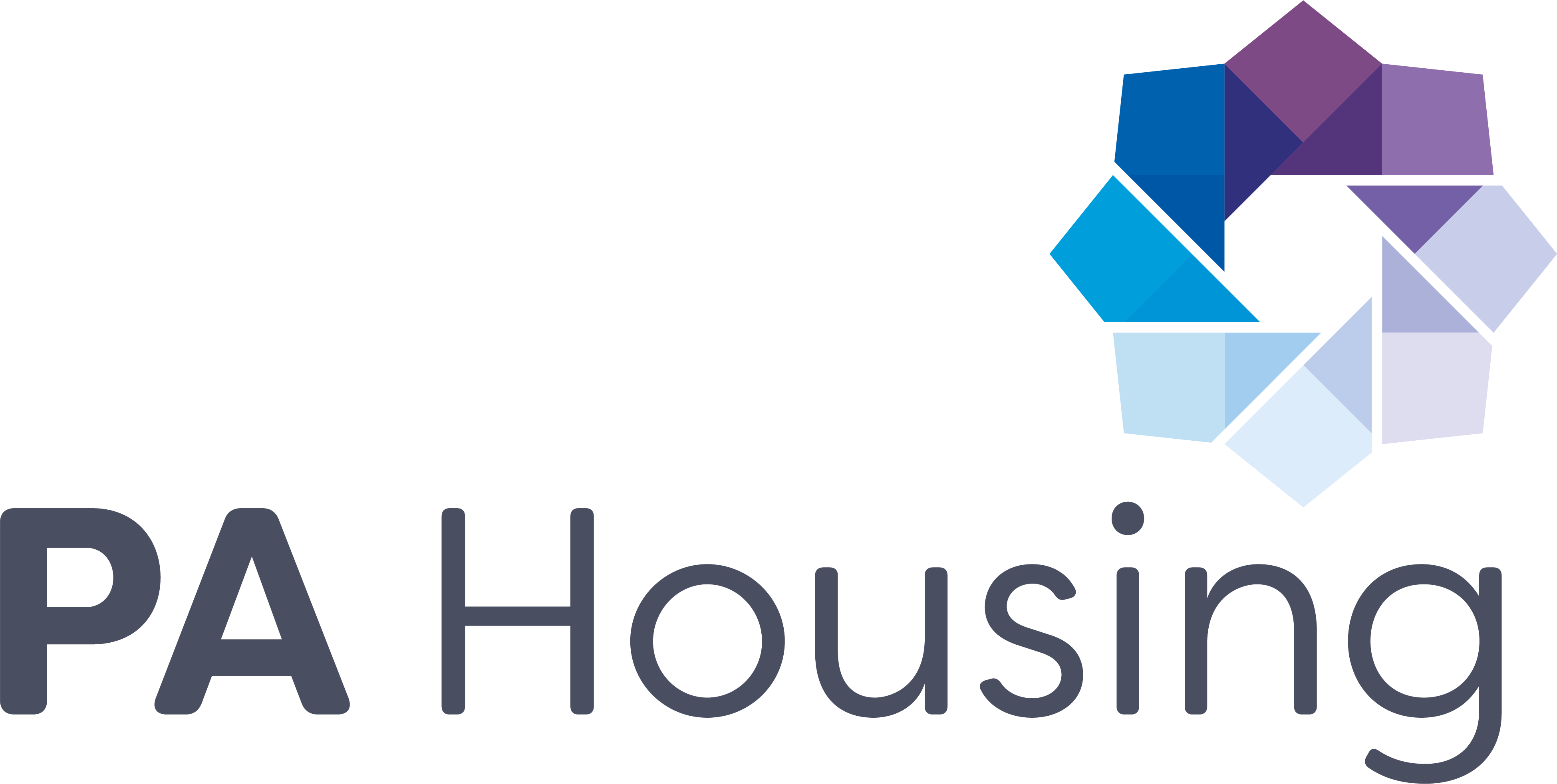Verbal abuse and harassment involve using words and language to cause harm or distress to another person.
- Insults and Name-Calling: Using hurtful or offensive language to attack someone's character or appearance.
- Threats: Making statements that imply harm or danger.
- Intimidation: Using verbal tactics to make someone feel afraid or controlled.
- Putting Down: Criticizing someone's worth or abilities.
- Ignoring or Dismissing: Intentionally disregarding someone's feelings or opinions.
- Shouting or Arguing: Raising your voice or engaging in hostile conversations.
- Bullying: Repeatedly using verbal abuse or harassment to make someone feel intimidated or uncomfortable.
This includes vandalism that is targeted against a person, such as property damage or graffiti.
How to report concerns?
If the associated behaviour is of a criminal nature you need to report this to the police immediately. You must also let them know if you are concerned about your safety. You can call the police on 999. Otherwise, call 101.
Once you have reported it to the police, please either contact us or complete the online ASB form with the incident report number and the officer’s name so we can make contact with them and work with them and you to agree on the next steps.
If the behaviour has been ongoing, please complete our incident diaryASB Diary Sheets (1) sheets with dates and times of the incidents and send these to us. You can do this by hand or by post, but it may be quicker to do it online and attach the diary sheets.
If you believe that this incident has been motivated by yours or someone’s disability, gender-identity, race, religion or belief, or sexual orientation, this is classed as a hate crime.





